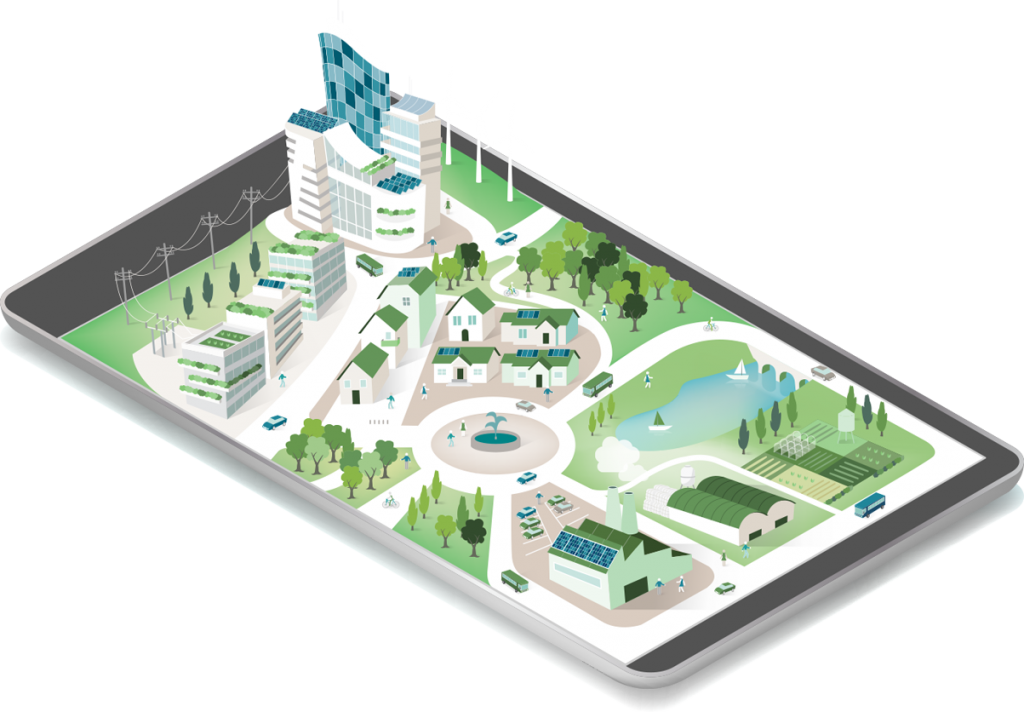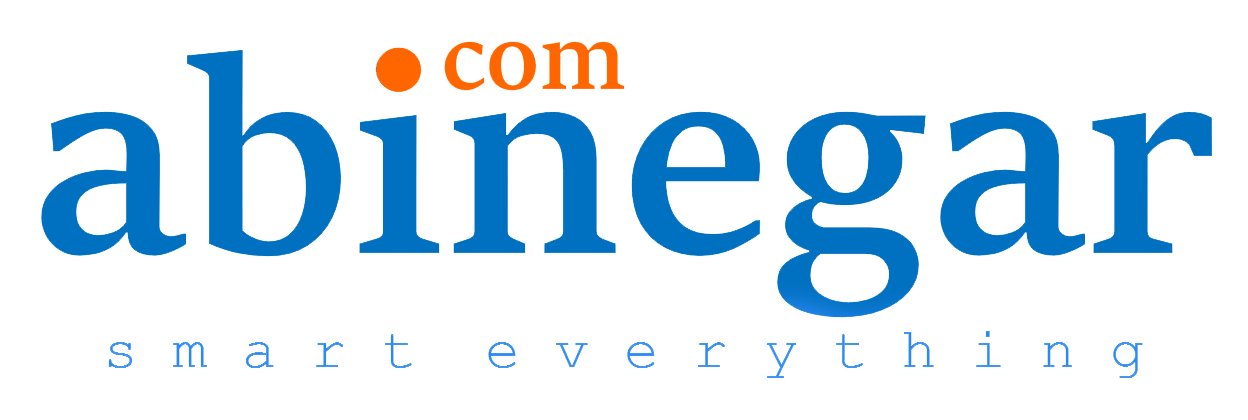What are smart cities?
A smart city is a place where traditional networks and services are made more efficient with the use of digital solutions for the benefit of its inhabitants and business.
A smart city goes beyond the use of digital technologies for better resource use and less emissions. It means smarter urban transport networks, upgraded water supply and waste disposal facilities and more efficient ways to light and heat buildings. It also means a more interactive and responsive city administration, safer public spaces and meeting the needs of an ageing population
Smart Cities Marketplace
The Smart Cities Marketplace was created by merging two former platforms, the “Marketplace of the European Innovation Partnership on Smart Cities and Communities (EIP-SCC Marketplace)” and the “Smart Cities Information System (SCIS)”.
It is a major market-changing undertaking that aims to bring cities, industries, SMEs, investors, banks, researchers and many other smart city actors together.
The Smart Cities Marketplace has many followers from all over Europe and beyond, many of which have signed up as a member.
Their common aims are to improve citizens’ quality of life, increase the competitiveness of European cities and industry as well as to reach European energy and climate targets.
The Marketplace’s main areas of cross-cutting operation include:
- sustainable urban mobility
- sustainable districts and built environment
- integrated infrastructures and processes in energy, information and communication technologies and transport
- citizen focus
- policy and regulation
- integrated planning and management
- knowledge sharing
- baselines, performance indicators and metrics
- open data governance
- standards
- business models, procurement and funding
The Smart Cities Marketplace’s operations are structured by its integrated Explore-Shape-Deal Matchmaking process, purposefully geared towards the knowledge exchange on, the capacity building support for and the development, implementation, replication and upscaling of Smart City solutions. It is organised in three phases building on each other:
- Explore – See and learn what’s next:
This phase enables access to the collected Smart Cities knowledge, including that of linked projects and initiatives. It is a continuous process that helps keeping the overview of which solutions and best practices have already been successfully implemented and creating ideas for own projects. - Shape – Shape project and action plans:
Once a vision for a project has been developed this phase helps to shape that idea into a solid bankable project, which is fit to attract public and private investors. This phase will also enable a structured dialogue between all key stakeholders involved. - Deal – Create relations and opportunities:
The third and last phase enables a one-to-one exchange between project promoters and members of the financing community to ultimately close deals and finance projects.
Smart City Technologies
Smart cities use a variety of software, user interfaces and communication networks alongside the Internet of Things (IoT) to deliver connected solutions for the public. Of these, the IoT is the most important. The IoT is a network of connected devices that communicate and exchange data. This can include anything from vehicles to home appliances and on-street sensors. Data collected from these devices is stored in the cloud or on servers to allow for improvements to be made to both public and private sector efficiencies and deliver economic benefits and improvements to the lives of citizens.
Many of the IoT devices use edge computing, which ensures that only the most relevant and important data is delivered over the communication network. In addition, a security system is implemented to protect, monitor and control the transmission of data from the smart city network and prevent unauthorised access to the IoT network of city’s data platform.
What you need to turn your regular home into a smart home are 1) a wifi connection, 2) smart home appliances (or smart home devices) and 3) a smart home system to connect, monitor, and control these devices.
How Smart Cities Work
Smart cities follow four steps to improve the quality of life and enable economic growth through a network of connected IoT devices and other technologies. These steps are as follows:
1. Collection – Smart sensors gather real-time data
2. Analysis – The data is analysed to gain insights into the operation of city services and operations
3. Communication – The results of the data analysis are communicated to decision makers
4. Action – Action is taken to improve operations, manage assets and improve the quality of city life for the residents
The ICT framework brings together real time data from connected assets, objects and machines to improve decision making. However, in addition, citizens are able to engage and interact with smart city ecosystems through mobile devices and connected vehicles and buildings. By pairing devices with data and the infrastructure of the city, it is possible to cut costs, improve sustainability and streamline factors such as energy distribution and refuse collection, as well as offering reduced traffic congestion, and improve air quality.

Are they Secure?
Smart cities offer plenty of benefits to improve citizen safety, such as connected surveillance systems, intelligent roadways and public safety monitoring, but what about protecting the smart cities themselves?
There is a need to ensure smart cities are protected from cyber attacks, hacking and data theft while also making sure the data that is reported is accurate.
In order to manage the security of smart cities there is a need to implement measures such as physical data vaults, resilient authentication management and ID solutions. Citizens need to trust the security of smart cities which means government, private sector enterprise, software developers, device manufacturers, energy providers and network service managers need to work together to deliver integrated solutions with core security objectives. These core security objectives can be broken down as follows:
- Availability – Data needs to be available in real time with reliable access in order to make sure it performs its function in monitoring the various parts of the smart city infrastructure
- Inegrity – The data must not only be readily available, but it must also be accurate. This also means safeguarding against manipulation from outside
- Confidentiality – Sensitive data needs to be kept confidential and safe from unauthorised access. This may mean the use of firewalls or the anonymising of data
- Accountability – System users need to be accountable for their actions and interaction with sensitive data systems. Users logs should record who is accessing the information to ensure accountability should there be any problems
Legislation is already being put in place in different nations, such as the IoT Cybersecurity Improvement Act in the United States to help determine and establish minimum security requirements for connected devices in smart cities.



